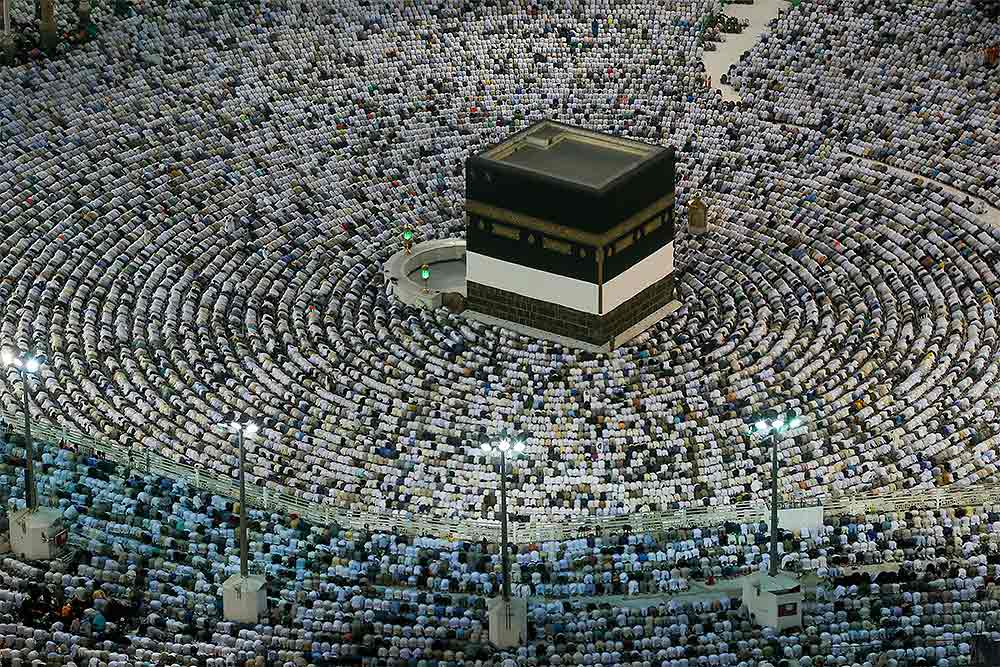India Abolishes Discretionary Haj Quota for Pilgrims
The Union Minister for Minority Affairs, Smriti Irani, recently announced that the Indian government has done away with the discretionary Haj quota for pilgrims, in accordance with Prime Minister Narendra Modi’s “resolve to end VIP culture” in the country. A new, exhaustive Haj policy has been formulated and will be announced soon, said Irani.
The Haj pilgrimage is an annual Islamic pilgrimage to Mecca, Saudi Arabia, considered to be a mandatory religious duty for all adult Muslims who are physically and financially capable of doing so. For Saudi Arabia, it poses a massive logistical challenge as they have to house, feed and facilitate safe pilgrimages for millions of pilgrims who descend upon Mecca from across the world during a brief period of time. Saudi Arabia allots country-wise quotas which determine the total number of pilgrims who can make a journey from a particular country.
Abolition of Discretionary Quota
The “Government discretionary quota” is further divided in two, 200 seats are with the Haj Committee itself and 300 are with people holding important offices at the Centre. These include, 100 with the President, 75 with the Prime Minister, 75 with the Vice President, 50 with the Minister of Minority Affairs. As per the old policy, these seats could be allocated to individuals who applied for the pilgrimage through the normal means but were unsuccessful in getting a slot for the pilgrimage.
This quota has now been abolished with these seats being added back to the general pool. This move is in line with Prime Minister Modi’s resolve to end VIP culture, which was put in place with respect to Haj during the UPA rule under which there was a special quota allocated to the Ministry of Minority Affairs, Haj Committee and all those in the top constitutional posts.
India’s Distribution of Haj Slots
On January 9, the Indian consulate in Jeddah, Saudi Arabia tweeted that India signed the Haj 2023 bilateral agreement with Saudi Arabia. According to the agreement, a total of 1,75,025 Indian Haj pilgrims will be able to perform Haj, reportedly the highest in history. While the specifics of India’s latest Haj policy are yet to be seen, the way the system has traditionally worked is that the quota allotted to India (by Saudi Arabia) is then further distributed by the Ministry of Minority Affairs and the Haj Committee of India (HCoI) to various stakeholders.
According to the 2018-22 policy document, 70 per cent of India’s total quota goes to the HCoI and 30 per cent goes to private operators. While private operators are free to charge as they wish and take anyone who pays, the majority of pilgrims traditionally go through the HCoI which runs a subsidised tour on the part of the government (though the subsidy is being phased out).
Out of the total number of slots with the HCoI, 500 are held under the “Government discretionary quota” whereas the rest are distributed to different states on the basis of their Muslim population, according to the 2018-22 policy. A draw of lots is conducted in each state to determine who makes the journey in case the number of applicants exceed the number of slots available.
Month: Current Affairs - January, 2023
Category: India Nation & States Current Affairs






